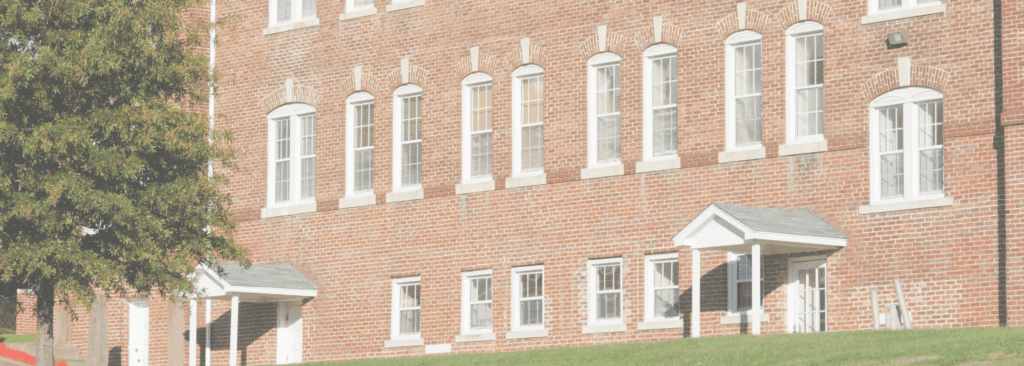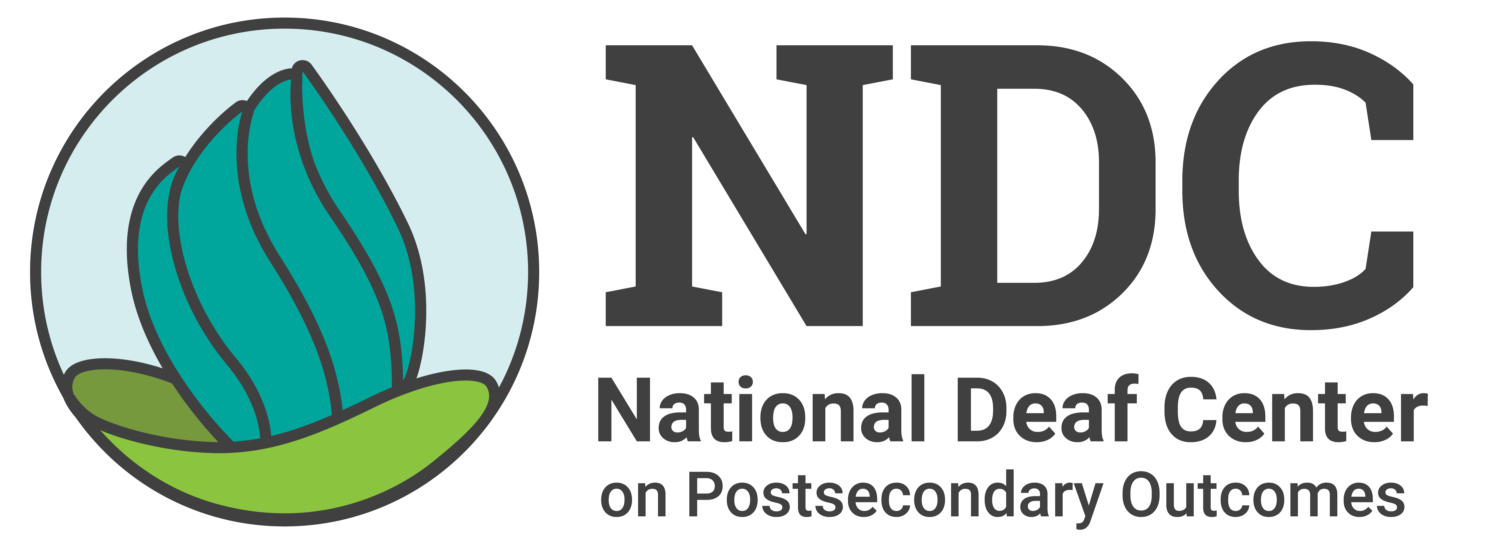Home » Resources » Access & Accommodations » Creating Welcoming Campuses » Facilities » Housing
Housing
Housing isn’t just about where students sleep—it’s where they build friendships, feel safe, and grow into adulthood. For deaf students, accessible housing plays a big role in their safety, comfort, and sense of belonging. When housing is designed with communication and safety in mind, deaf students can live more independently and feel more connected to their campus.
Accessible campus housing means that students have the tools and spaces they need to live safely and comfortably. From emergency systems to common areas, every detail matters. When deaf students feel supported in their living spaces, it helps them succeed in the classroom and beyond.
Key Features of Deaf-Friendly Campus Housing
Emergency Preparedness in the Dorms
During an emergency, clear and immediate alerts can save lives. Dorms should have visual fire alarms with bright flashing lights and options for vibration-based alerts. These alerts must be hard-wired into the building’s main alarm system so they work just like any other emergency alert on campus. Evacuation plans should include visual or tactile instructions that are easy to understand for deaf students and students with disabilities. It’s also important that deaf students receive emergency updates in real time—just like everyone else. Learn more about these systems on our Emergency/Crisis Response page.
Room and Building Design
Designing dorm rooms and buildings with deaf students in mind helps create a more comfortable and welcoming space. Open layouts and good lighting make it easier for students to see each other and communicate using sign language or visual cues. Controlling background noise can also support students who use hearing aids or cochlear implants. Some campuses offer smart home features like video doorbells or vibrating alarm clocks to make daily routines easier. Using universal design principles means thinking about a variety of needs ahead of time, not just reacting when problems come up.
Common Areas and Social Spaces
Living on campus gives students many chances to connect. Lounges and common areas should be set up to help all students spend time together and feel part of the community. This includes making sure TVs have closed-captions turned on at all times and offering videophones or video relay services in shared spaces. If a dorm hosts movie nights or shows videos, those should always include captions. These small steps help make sure deaf students can take part in events and enjoy time with their peers.
Housing Policies and Support Services
Clear and student-friendly housing policies can make a big difference. Roommate matching should consider how students prefer to communicate, and services like interpreting or speech-to-text services should be available during housing meetings and activities. Residence life staff need training on deaf culture and effective ways to communicate—our Deaf 101 online module is a great place to start.
On some campuses, the housing accommodation process is separate from disability services. If this is the case, it’s important to explain that clearly to students and families—especially during the housing selection process. If a student requests something like a single room or an emotional support animal, housing staff should follow the interactive process to learn more and find solutions that work.
Improve Housing Accessibility on Your Campus
There are many ways to start improving housing for deaf students. Conducting an accessibility audit of campus housing can help identify what’s working and what needs to change. Make sure your residential staff receive training on deaf-centered practices, and consider hiring deaf staff for residence life positions. These changes can help build trust, connection, and community. Use our Campus Accessibility Guide for practical steps to support housing improvements and ongoing planning, or reach out to our team for one-on-one support.
Creative Approaches to Deaf-Friendly Housing
Several colleges have created unique living spaces where students who use American Sign Language (ASL) can learn and live together. At the University of Wisconsin–Milwaukee, students can choose to reside in an ASL Living Learning Community that supports language use in daily life. California State University, Northridge offers a Living Learning Community (LLC) that brings together deaf, hard of hearing, and signing students to build strong connections. At the University of Connecticut, the ASL Community Housing option creates a shared space where students can grow their language skills and deepen their connection to the signing community.






